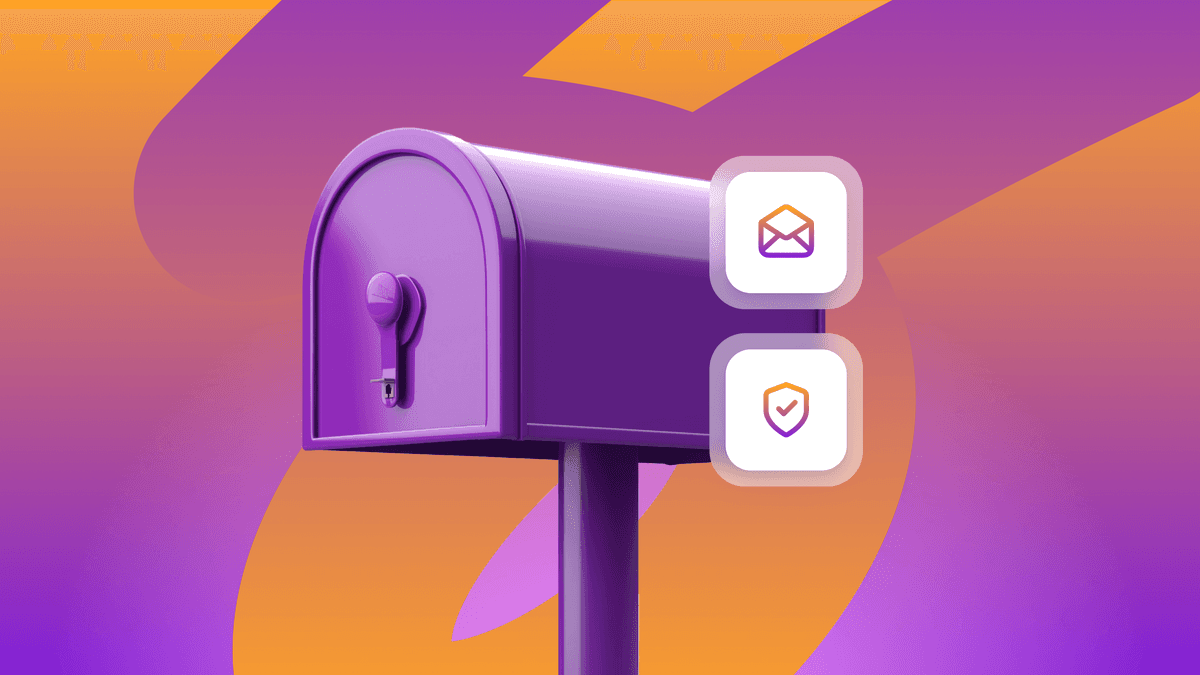6 Ways Webhooks Can Keep You on the Forefront of Mobile Marketing
Published on August 25, 2015/Last edited on August 25, 2015/3 min read


Team Braze
With the wealth of marketing technologies available today, it’s no surprise that marketers often find themselves overwhelmed, unsure what marketing tools and functionalities will move the needle in connection with their business goals. To help out, we’re taking a look at webhooks—a multifaceted tool that can help brands streamline their marketing workflows and accomplish their objectives more efficiently.
Here’s what you need to know:
What are webhooks?

A webhook is a tool that lets apps transfer information to outside servers and applications in real time. Webhooks make it possible to trigger non-app actions and to pass information between your marketing platform and other servers. Typically, webhooks are tied to a specific event or action (such as a customer logging in, making a purchase, etc.) which cause an HTTP request to be made to the designated webhook. Unlike typical API usage, with webhooks, data is sent automatically after a triggered event, which allows for a much more seamless experience for the company and the customer.
What can marketers do with webhooks?
Creating a webhook campaign—or including a webhook in a multichannel campaign—allows you to trigger non-app actions. That could mean sending information to third-party systems like Salesforce or Marketo, or to your brand’s backend systems to trigger certain responses via SMS or to your messaging apps. For example, you might want to credit your customer’s account with a discount promotion once they’ve performed a custom event a certain number of times. It’s also possible to send triggered notifications, sync your data, modify app behavior, and more via webhook creation.
Given their flexible nature, webhooks can support a variety of use cases. Here are a few to get you thinking:
- Marketers can use webhooks to communicate with customers via their own third-party messaging apps—for instance, by sending transactional messages to users within Facebook Messenger, Line, or Kik.
- Brands can send direct mail to customers in response to their in-app and web activity by using webhooks to communicate with third-party services like Lob.com.
- If you’re a reservations app, you could send an SMS message powered by Twilio to confirm a customer’s in-app request.
- If a gamer reaches a certain level or accrues a certain number of points, use webhooks and your existing API setup to send a character upgrade or coins directly to her account; if you send the webhook as part of a multichannel messaging campaign, you can send a push or other message to let the gamer know about the reward at the same time.
- If you’re an airline, you can use webhooks and your existing API setup to easily credit a customer’s account with a discount once they’ve booked a certain number of flights.
- Endless “If This Then That” recipes—for instance, if a customer signs into the app via email, then that address can automatically be configured into Salesforce.
Have more questions? Check out our guide to creating webhooks to dive deeper into this important tool!
Be Absolutely Engaging.™
Sign up for regular updates from Braze.
Related Content
View the Blog
Look out: Outlook's new email requirements and what they mean for Braze senders

Alison Gootee

How the Braze Data Platform enhances flexibility and fosters collaboration

Sahiz Kaur

Customer churn prediction: Using data for smarter retention
